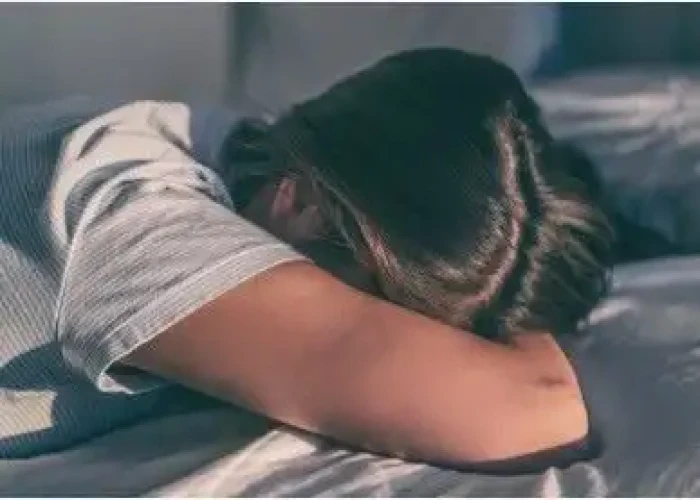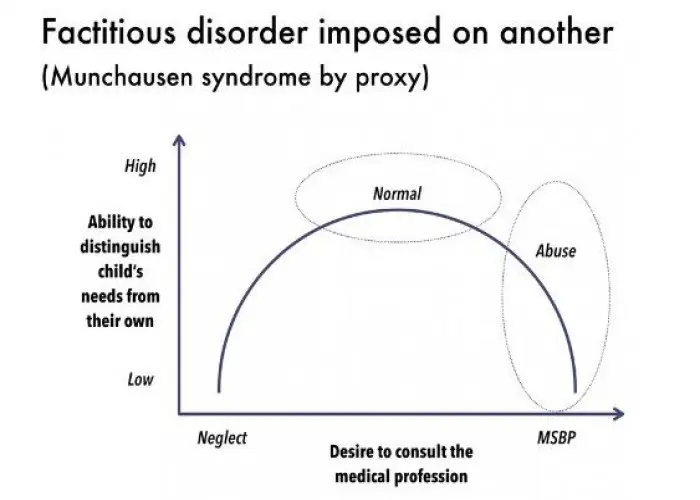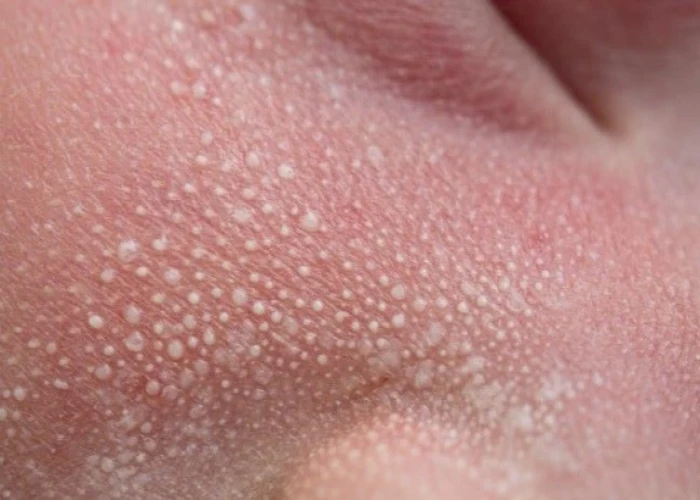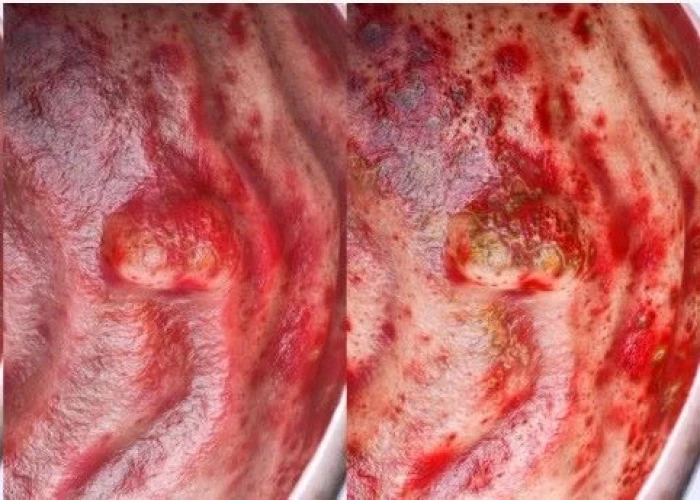 Welcome
Welcome
“May all be happy, may all be healed, may all be at peace and may no one ever suffer."
Costochondritis

Costochondritis is a painful inflammation of the cartilage that connects a rib to the breastbone (sternum) in the chest. It is a common cause of chest pain, particularly in young adults and people over the age of 50.
The exact cause of costochondritis is unknown, but it is believed to be related to injury, strain, or inflammation of the cartilage that connects the ribs to the sternum. It can also be associated with other medical conditions, such as fibromyalgia, arthritis, and chest trauma.
The main symptom of costochondritis is pain and tenderness in the chest, which can be sharp, stabbing, or dull. The pain may be worsened by movement, deep breathing, or coughing, and may be mistaken for a heart attack or other serious condition.
Diagnosis of costochondritis is typically made through a physical examination and medical history, and other tests may be performed to rule out other conditions that may cause similar symptoms.
Treatment for costochondritis may involve pain management, such as over-the-counter pain relievers or prescription medication, as well as physical therapy to help manage pain and improve range of motion. In some cases, corticosteroid injections or surgery may be recommended to help manage severe or persistent symptoms.
The outlook for individuals with costochondritis is generally good, as the condition often resolves on its own with proper treatment and management of symptoms. However, it is important to seek medical attention if experiencing chest pain or other symptoms, as chest pain can also be a symptom of more serious conditions that require urgent medical attention.
Research Papers
Disease Signs and Symptoms
- The affected places are the cartilage between your breastbone and ribs
- The pain usually occurs behind the breastbone or in the left side of the chest.
Disease Causes
Costochondritis
Costochondritis usually has no clear cause. Occasionally, however, costochondritis may be caused by:
- Injury. A blow to the chest is one example.
- Physical strain. Heavy lifting, strenuous exercise and severe coughing have been linked to costochondritis.
- Arthritis. Costochondritis might be linked to specific problems, such as osteoarthritis, rheumatoid arthritis or ankylosing spondylitis.
- Joint infection. Viruses, bacteria and fungi — such as tuberculosis, syphilis and aspergillosis — can infect the rib joint.
- Tumors. Noncancerous and cancerous tumors can cause costochondritis. Cancer might travel to the joint from another part of the body, such as the breast, thyroid or lung.
Disease Prevents
Disease Treatments
Costochondritis usually goes away on its own, although it might last for several weeks or longer. Treatment focuses on pain relief.
Medications
Your doctor might recommend:
- Nonsteroidal anti-inflammatory drugs. Although certain medications, such as ibuprofen (Motrin IB) or naproxen sodium (Aleve) are available over the counter, your doctor might prescribe stronger varieties of these nonsteroidal anti-inflammatory medications. Side effects might include damage to your stomach lining and kidneys.
- Narcotics. If your pain is severe, your doctor might prescribe medications containing codeine, such as hydrocodone/acetaminophen (Vicodin, Norco) or oxycodone/acetaminophen (Tylox, Roxicet, Percocet). Narcotics can be habit-forming.
- Antidepressants. Tricyclic antidepressants, such as amitriptyline, are often used to control chronic pain — especially if it's keeping you awake at night.
- Anti-seizure drugs. The epilepsy medication gabapentin (Neurontin) also has proved successful in controlling chronic pain.
Therapy
Physical therapy treatments might include:
- Stretching exercises. Gentle stretching exercises for the chest muscles may be helpful.
- Nerve stimulation. In a procedure called transcutaneous electrical nerve stimulation (TENS), a device sends a weak electrical current via adhesive patches on the skin near the area of pain. The current might interrupt or mask pain signals, preventing them from reaching your brain.
Surgical and other procedures
If conservative measures don't work, your doctor might suggest injecting numbing medication and a corticosteroid directly into the painful joint.
Disease Diagnoses
Disease Allopathic Generics
Disease Ayurvedic Generics
Disease Homeopathic Generics
Disease yoga
Costochondritis and Learn More about Diseases

Seasonal affective disorder (SAD)

Factitious disorder

Actinic keratosis

Liver disease

Milia

Boils (Absces or Carbuncles)

Peptic ulcer

Nicotine dependence
Costochondritis, Costochondritis treatment, কোস্টোকন্ড্রাইটিস
To be happy, beautiful, healthy, wealthy, hale and long-lived stay with DM3S.
